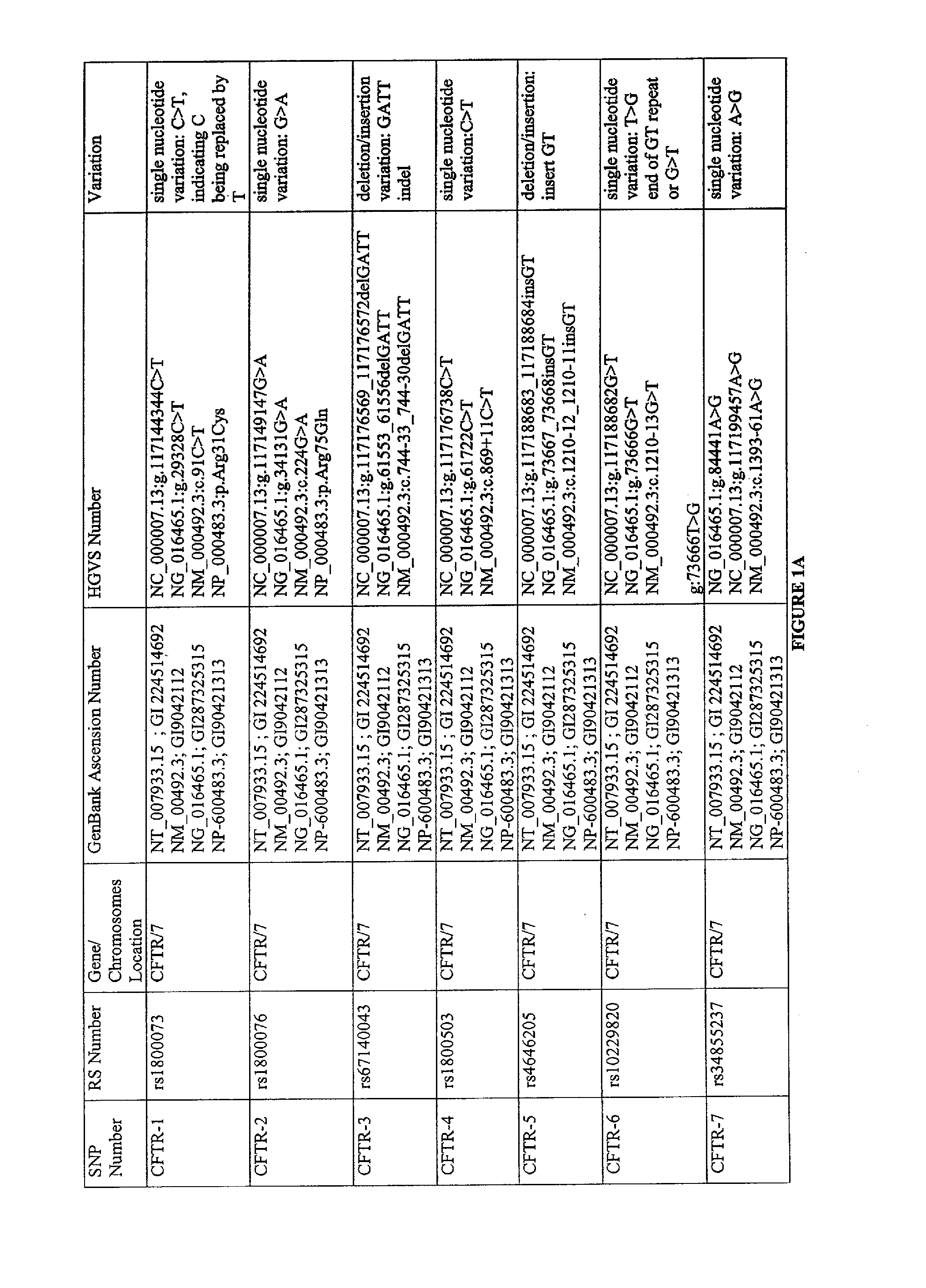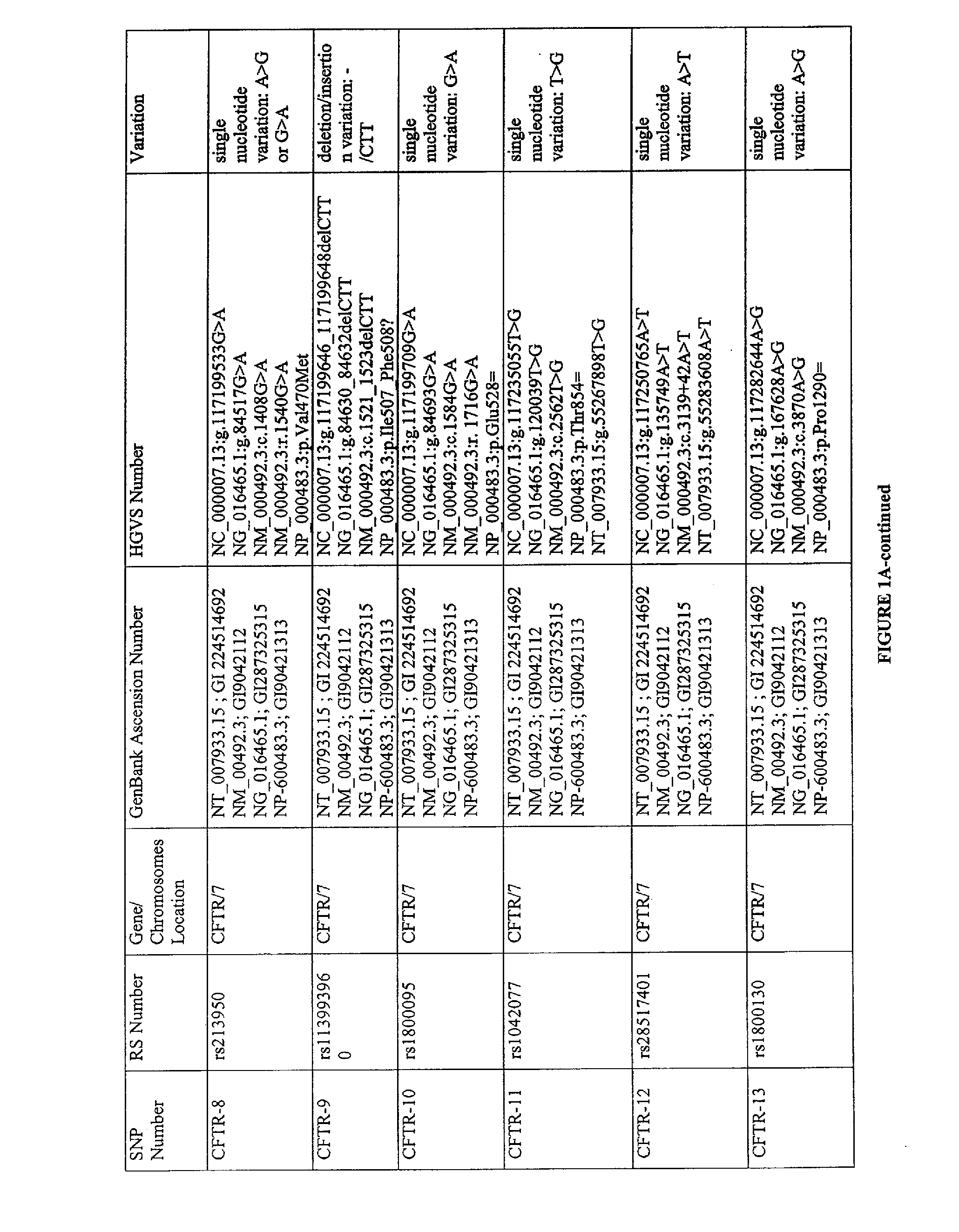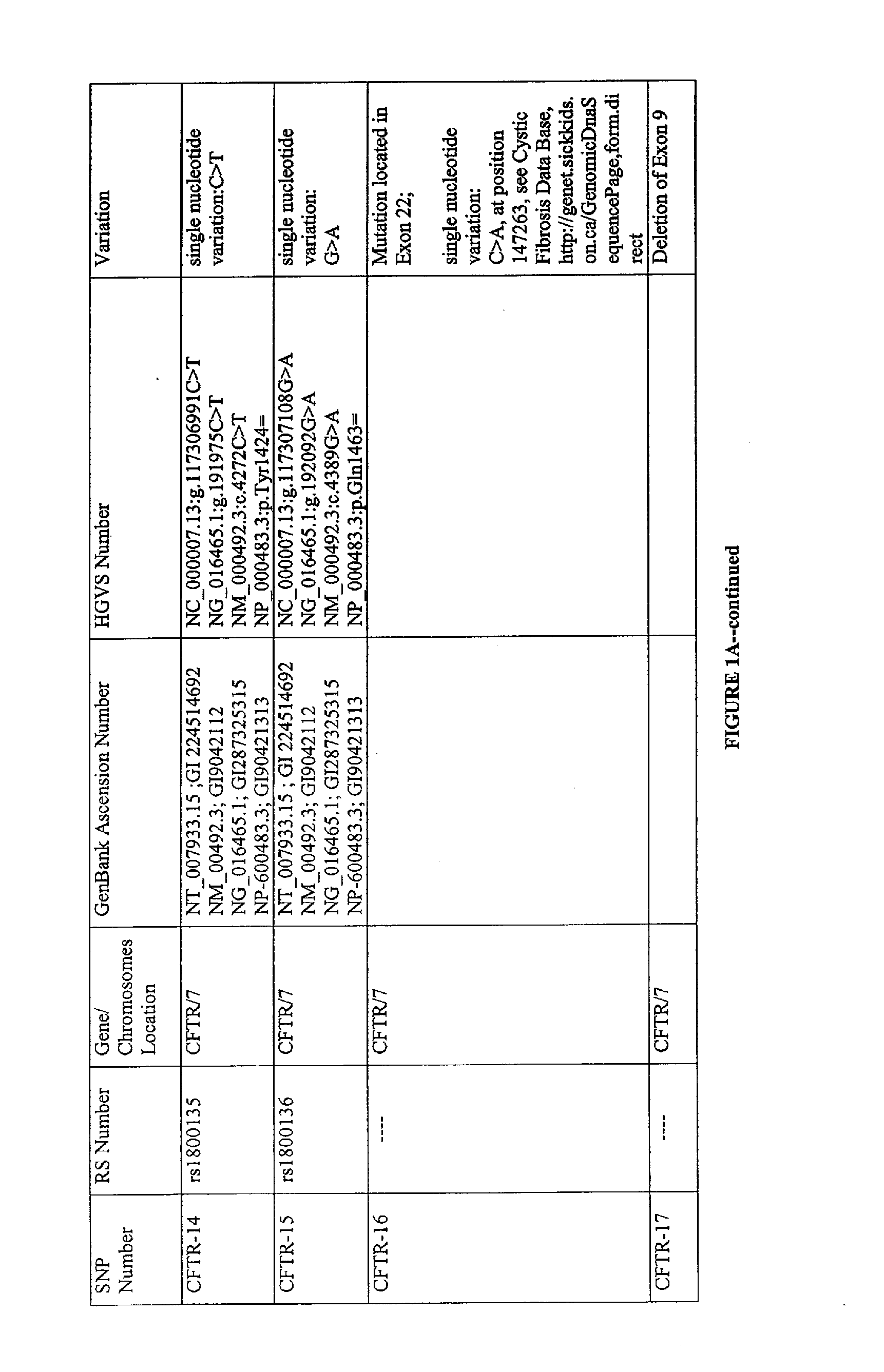Use of polymorphisms for identifying individuals at risk of developing autism
a technology of autism and polymorphisms, applied in the field of diagnosis of developmental disorders, can solve problems such as social impairments, difficulty in communicating and stereotypical behavior patterns, and autism may suffer from several imbalances, and achieve the effects of increasing and/or reducing the risk of developing autism
- Summary
- Abstract
- Description
- Claims
- Application Information
AI Technical Summary
Benefits of technology
Problems solved by technology
Method used
Image
Examples
Embodiment Construction
[0038]While the present invention is susceptible of embodiment in various forms, there is shown in the drawings and will hereinafter be described a presently preferred, albeit not limiting, embodiment with the understanding that the present disclosure is to be considered an exemplification of the present invention and is not intended to limit the invention to the specific embodiments illustrated.
[0039]Unless defined otherwise, all technical and scientific terms used herein have the same meaning as commonly understood by one of ordinary skill in the art to which the invention pertains.
[0040]Probes and primers may be designed to hybridize to either strand, and SNP genotyping methods disclosed herein may generally target either strand. Primers, oligonucleotides, and polynucleotides used or contemplated within the present invention can be generated using standard techniques known in the art.
[0041]As used herein, “autism” is defined as one of five disorders, Autistic Disorder, coming und...
PUM
| Property | Measurement | Unit |
|---|---|---|
| threshold value | aaaaa | aaaaa |
| threshold | aaaaa | aaaaa |
| disorder | aaaaa | aaaaa |
Abstract
Description
Claims
Application Information
 Login to View More
Login to View More - R&D
- Intellectual Property
- Life Sciences
- Materials
- Tech Scout
- Unparalleled Data Quality
- Higher Quality Content
- 60% Fewer Hallucinations
Browse by: Latest US Patents, China's latest patents, Technical Efficacy Thesaurus, Application Domain, Technology Topic, Popular Technical Reports.
© 2025 PatSnap. All rights reserved.Legal|Privacy policy|Modern Slavery Act Transparency Statement|Sitemap|About US| Contact US: help@patsnap.com



